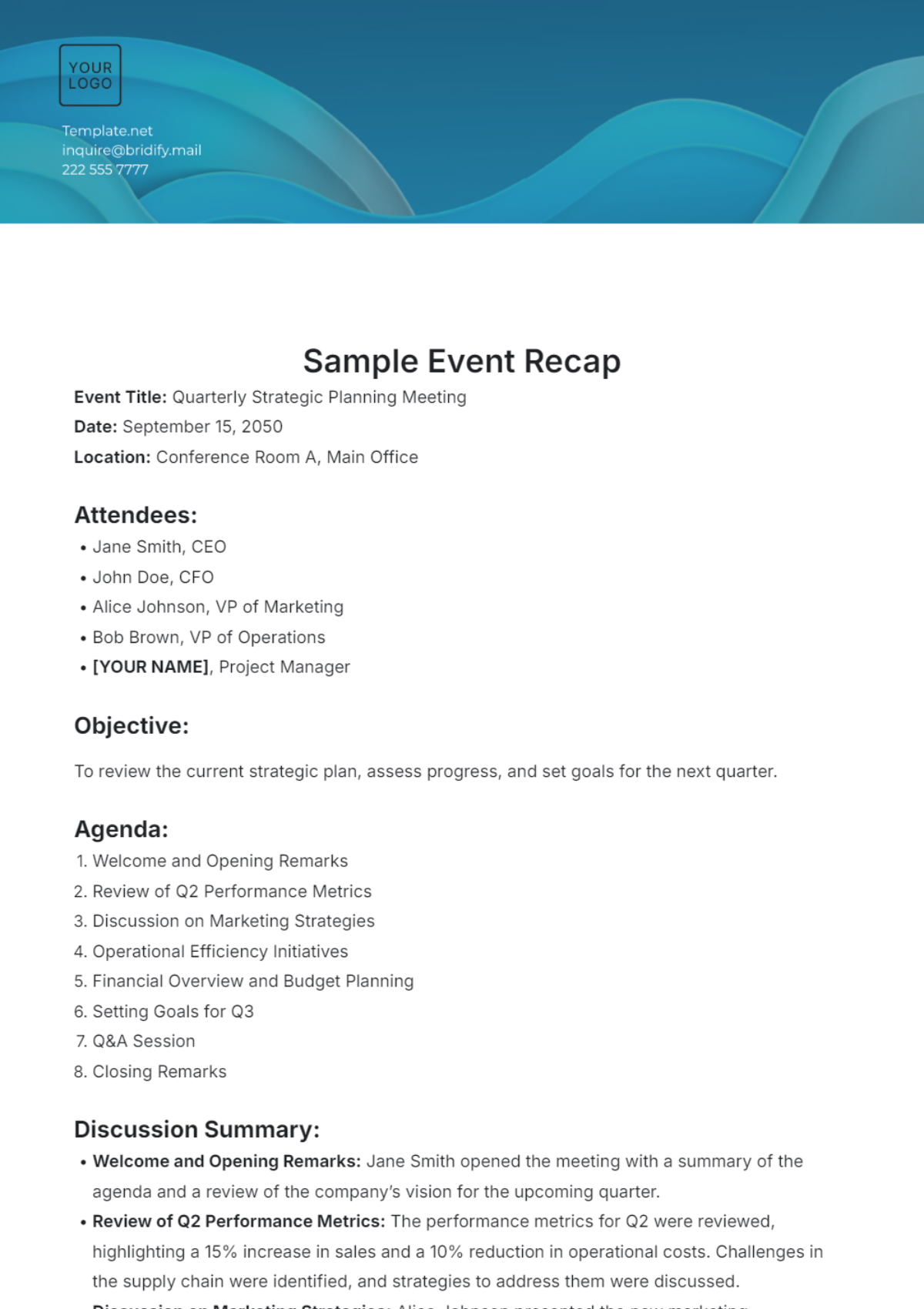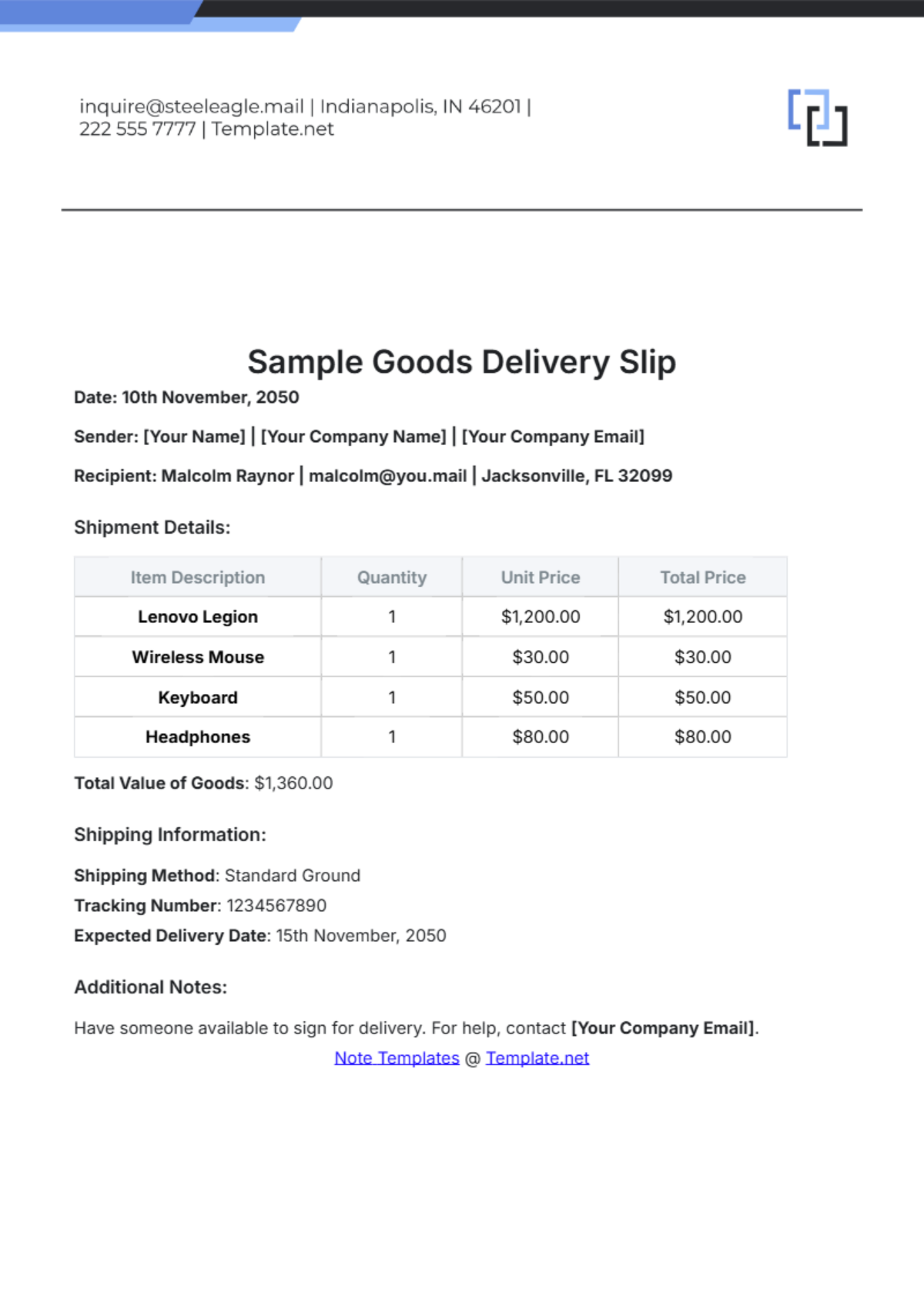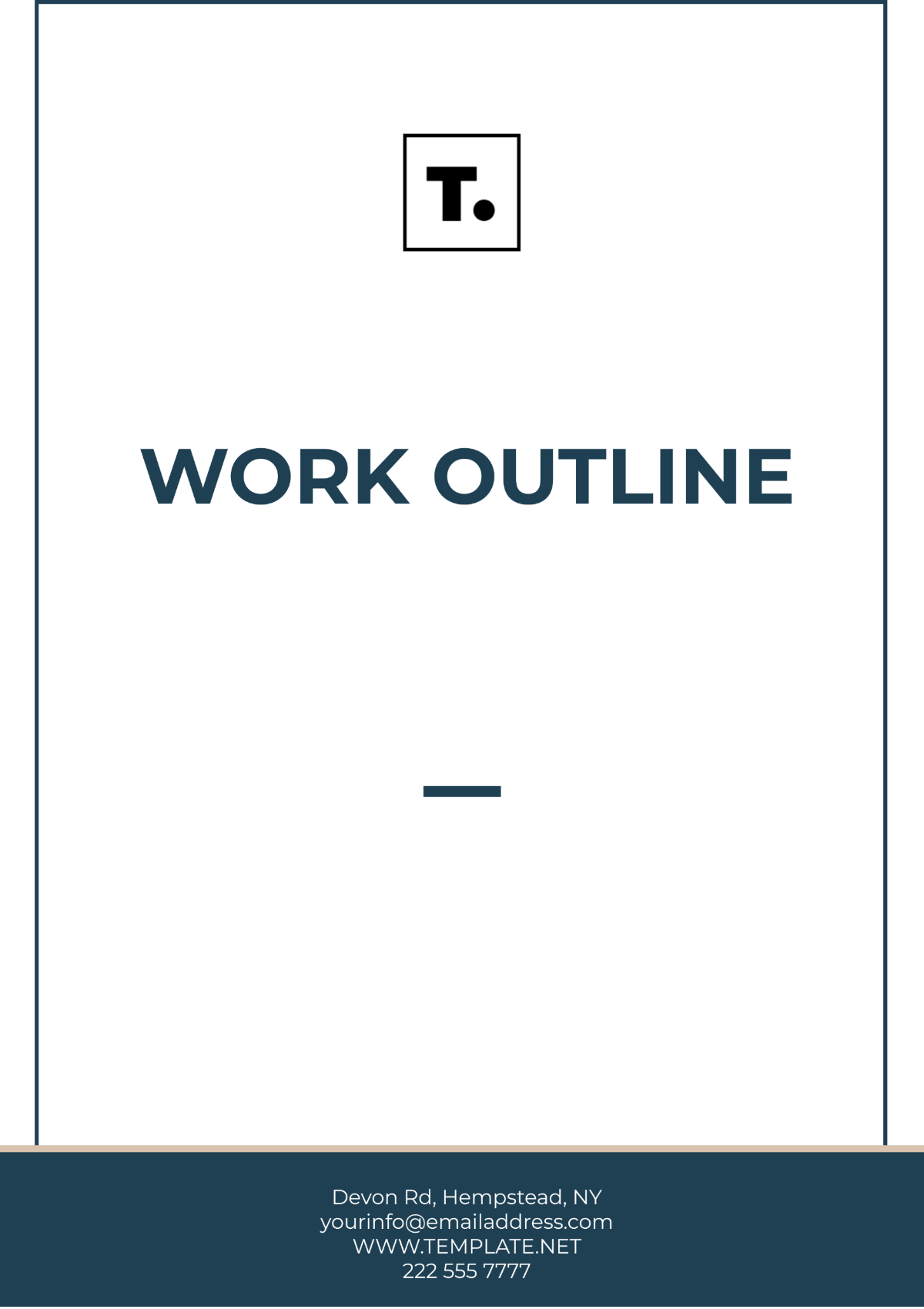SAMPLE PROTOCOL
Prepared by: | [YOUR NAME] |
Company: | [YOUR COMPANY NAME] |
Department: | Emergency Management |
Date: | [DATE] |
This protocol aims to provide a comprehensive guide for dealing with emergency situations in the workplace. This includes the essentials of clear communication, evacuation routes, first aid, and emergency contacts to ensure swift and organized response.
I. Objective
Establish clear and effective communication lines during an emergency.
Maintain and provide easy access to updated evacuation routes.
Ensure availability of first aid supplies and qualified individuals to provide medical assistance throughout the establishment.
Document and disseminate emergency contact lists to all employees.
Promptly and appropriately respond to all manner of workplace emergencies.
II. Scope
This protocol applies to all employees, contract workers, and visitors within our business premises. It extends to any location functionally related to our operation where an emergency may occur, warranting a coordinated response.
The protocol's measures are specifically designed to reduce damage and casualties, safeguard the physical and mental well-being of staff, and ensure the prompt resumption of business operations. The guideline does not substitute professional judgment but serves as a guide for emergency handling.
III. Definitions/Terminology
Emergency: An unexpected situation or event that poses immediate risk to health, life, property, or environment.
Evacuation: The immediate and rapid movement of people away from the threat.
First aid: Assistance given to any person suffering a severe illness or injury.
Emergency Contacts: Pre-established points of contact for getting help in emergencies.
Emergency Team: Personnel who are trained to respond to emergencies.
Assembly Point: A predetermined safe location to gather during an evacuation.
Incident Commander: The person in charge during an emergency situation.
Communication Lines: Established channels used to relay information during an emergency.
Lockdown: Protocol to secure a premises due to an immediate threat.
Code words: Predetermined words or phrases used to indicate specific emergencies.
IV. Roles and Responsibilities
Position | Responsibilities |
Incident Commander | In charge of the overall emergency response, directing activities and making decisions. |
Communication Officer | Responsible for coordinating communication during an emergency and updating stakeholders. |
Emergency Team Member | Carry out emergency response activities as directed by the incident commander. |
First Aid Officer | Provide immediate medical attention to any injured individuals during an emergency. |
All Staff Members | Follow the procedures outlined in this protocol and cooperate with the emergency team. |
V. Procedure
In the event of an emergency, the communication officer should alert all staff using the established lines of communication. All employees must immediately halt their work activities.
The incident commander will activate the Emergency Team and confirm the nature of emergency determining if evacuation or lockdown is needed.
For evacuation, all staff - guided by emergency team members - should quickly and safely move to the nearest exit and assemble at the predetermined assembly point. Remember to leave all personal belongings behind.
If a lockdown is announced, employees should promptly follow lockdown procedures. This may include staying inside, locking doors and windows, and taking shelter.
The First Aid Officer should continuously assess the situation, providing medical aid where necessary until professional medical help arrives.
The Communication Officer should update all relevant parties, including emergency services and company management, of the situation's status.
Once the situation is under control, the Incident Commander will notify the staff, and normal operations can resume.
VI. Requirements and Conditions
Critical factors for a successful execution of this protocol include:
Clear visibility and accessibility of all marked evacuation routes and exits.
The immediate availability of functioning communication devices.
A well-stocked first-aid kit readily available on each floor of the premises.
Up-to-date emergency contact lists disseminated and available to all staff members.
Properly trained designated officers and emergency team members.
Adequate light and ventilation in corridors and stairwells used as evacuation routes.
VII. Training and Awareness
Regularly scheduled emergency response drills for all employees.
Annual training for the emergency team members on emergency response tactics.
First Aid Officer should hold bi-annual training sessions for all staff on basic first aid.
Regular updates to all staff about any changes or updates to the emergency response plan.
Appropriate signage to indicate evacuation routes, exits, and assembly points should be visibly placed around the premises.
VIII. Enforcement and Consequences
Adherence to these protocols is mandatory for all personnel. Compliance ensures the safety and wellbeing of all within our establishment. Violation of these procedures may result in disciplinary action, including termination and legal consequences. It is everyone's responsibility to ensure a safe work environment.
Timely reporting of any potential hazards or lapses in the emergency readiness protocol is encouraged. These could include blocked evacuation routes, insufficient first-aid supplies, or outdated emergency contact lists. Regular audits will be conducted to ensure the effectiveness and compliance of the protocol, and necessary changes will be made based on these assessments.





























